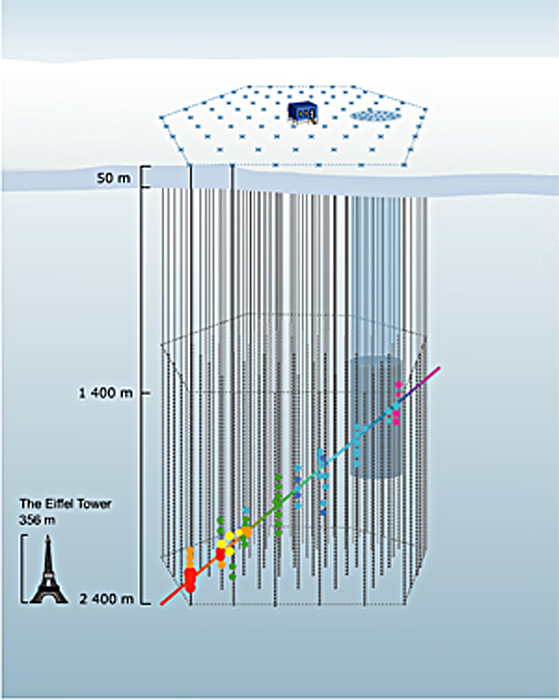
I know I already posted one hurricane-related entry this week, but I have another. This one is related to a press release from the National Center for Atmospheric Research (NCAR) about a new technique “that provides a detailed 3-D view of an approaching hurricane every six minutes.” I was curious what a 3-D view of an approaching hurricane might look like, so I followed the links, and…
I got the above. Hmmm.
To be fair, the page makes no claim for the above to be any kind of 3-D view, but it does supposedly offer a “side-by-side” comparison of radar data (on the left) and “NCAR’s ARW experimental forecast” (on the right). An animation shows the evolution of the hurricane, and as the caption duly notes, “The radar vantage point is stationary, on the Gulf Coast, while the ARW viewpoint follows the hurricane itself.” And therein lies my cavil (I’m trying to find synonyms for “gripe”).
The presentation of the images should facilitate side-by-side comparison; instead, the camparison seems hampered by the graphical choices. The change in background color strikes me as mildly annoying, but the field of view of the two images is also slightly different, and the manner in which the left-hand image obscures the state lines makes comparison even more difficult. It’s rather hard to tell how well the model replicates the observed behavior of the hurricane.
The animation only exacerbates the problems because the simulation follows the eye of the storm whereas the Doppler radar remains stationary (as noted in the caption). C’mon, folks, this is data! You can plot it however you want! Why not present it in a way that allows us to get a real feel for how well the computer model matches reality?
How to do it right, in brief: make the background of the two (observed data and computed data) as similar as possible, in terms of scale and markings (e.g., state and county lines), then plot the same quantities using the same color bar (which, as far as I can tell, is what they did in the above example). Would that be so hard?









